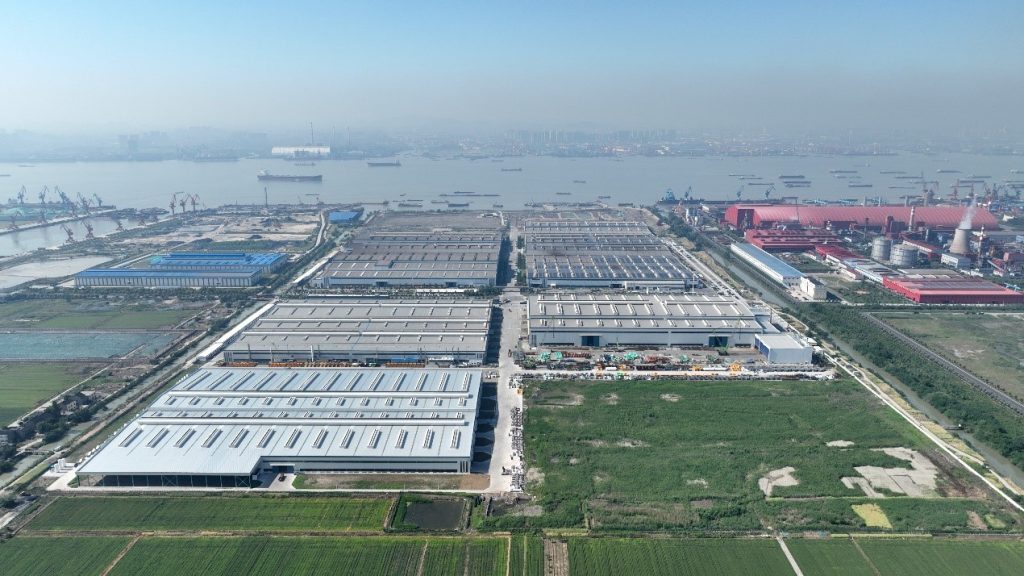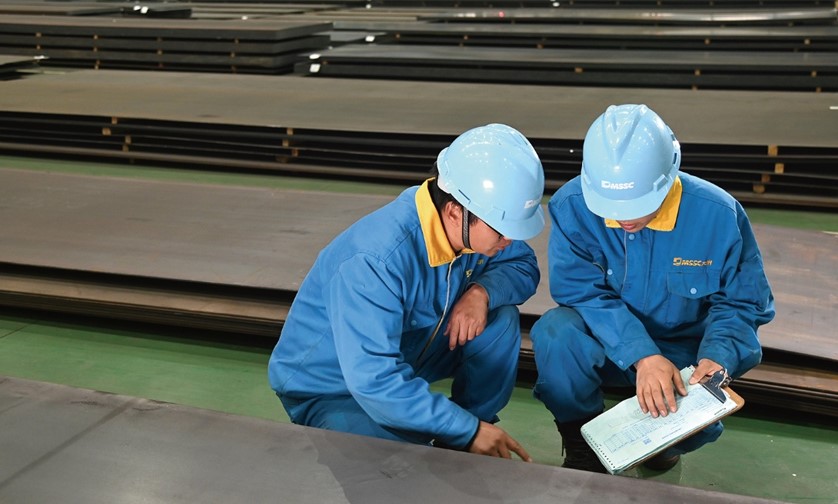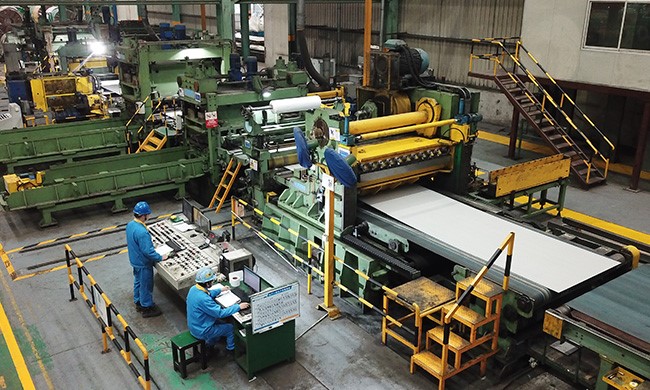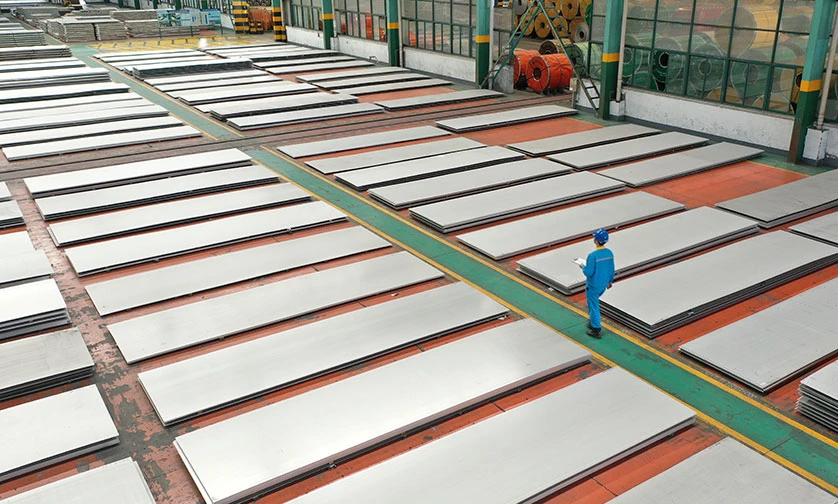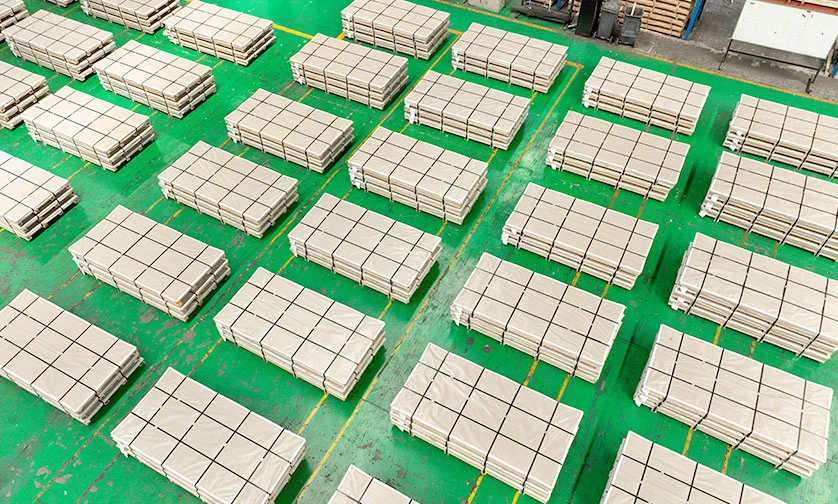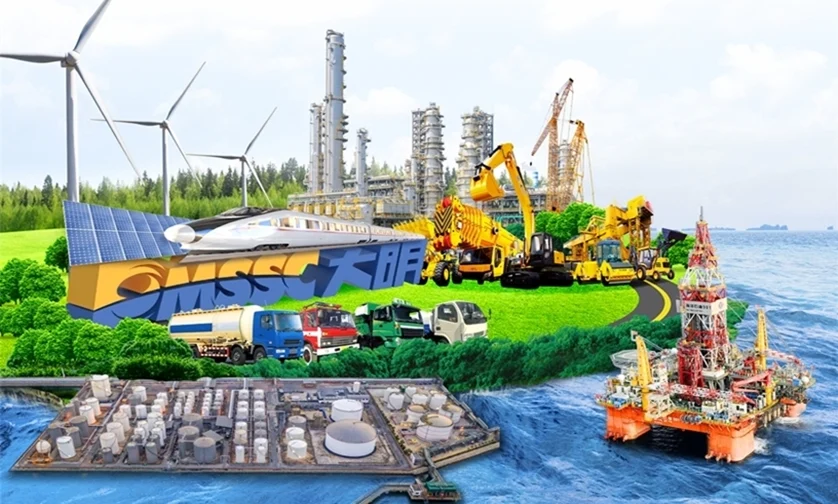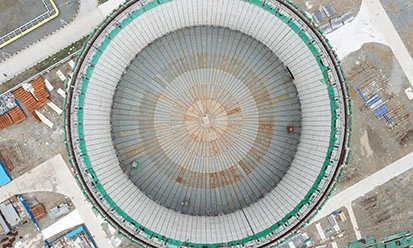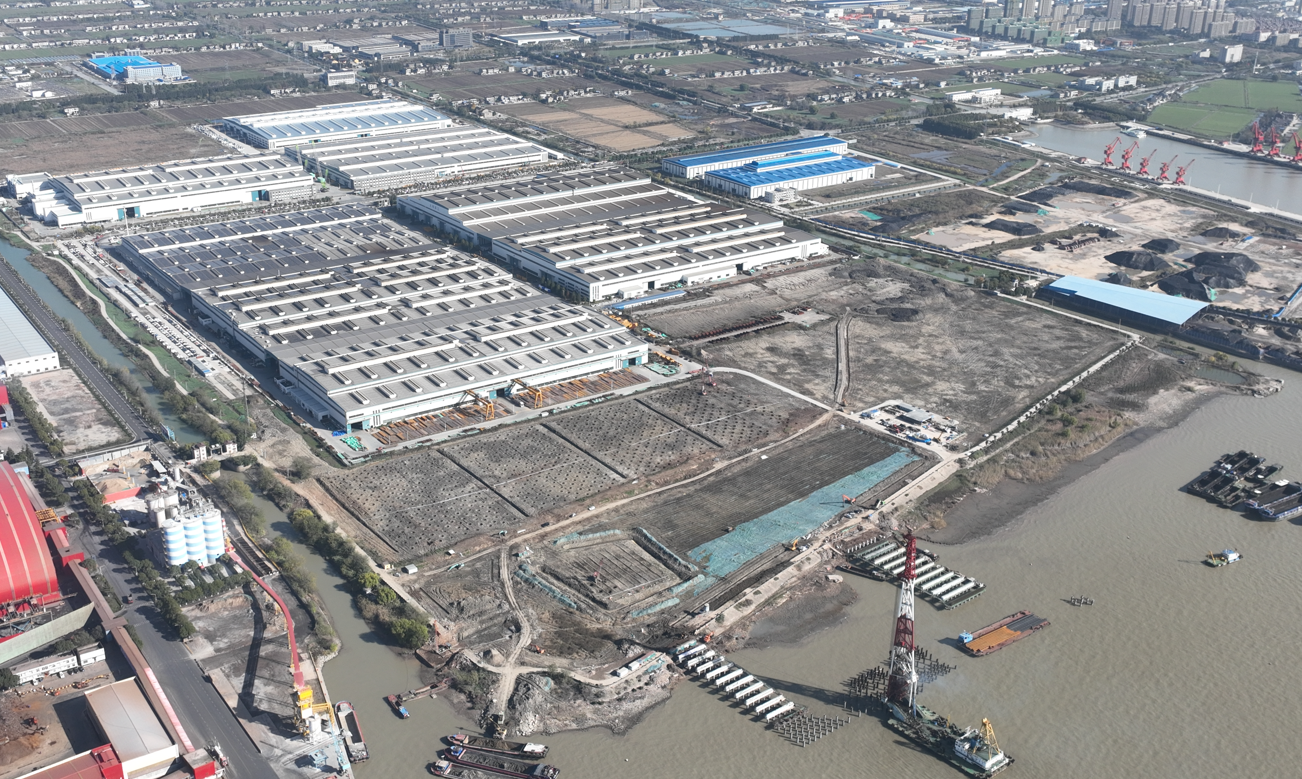Introduction to Steel Production
Steel is a versatile and durable material that has become an integral part of modern society. It is a metal alloy made from iron, carbon, and other elements, with varying compositions and properties depending on the specific application. Steel is used in a wide range of industries, including construction, transportation, and manufacturing, and plays a crucial role in the development and growth of economies worldwide. Understanding the process of steel production is essential to appreciate the significance of this material in our daily lives.
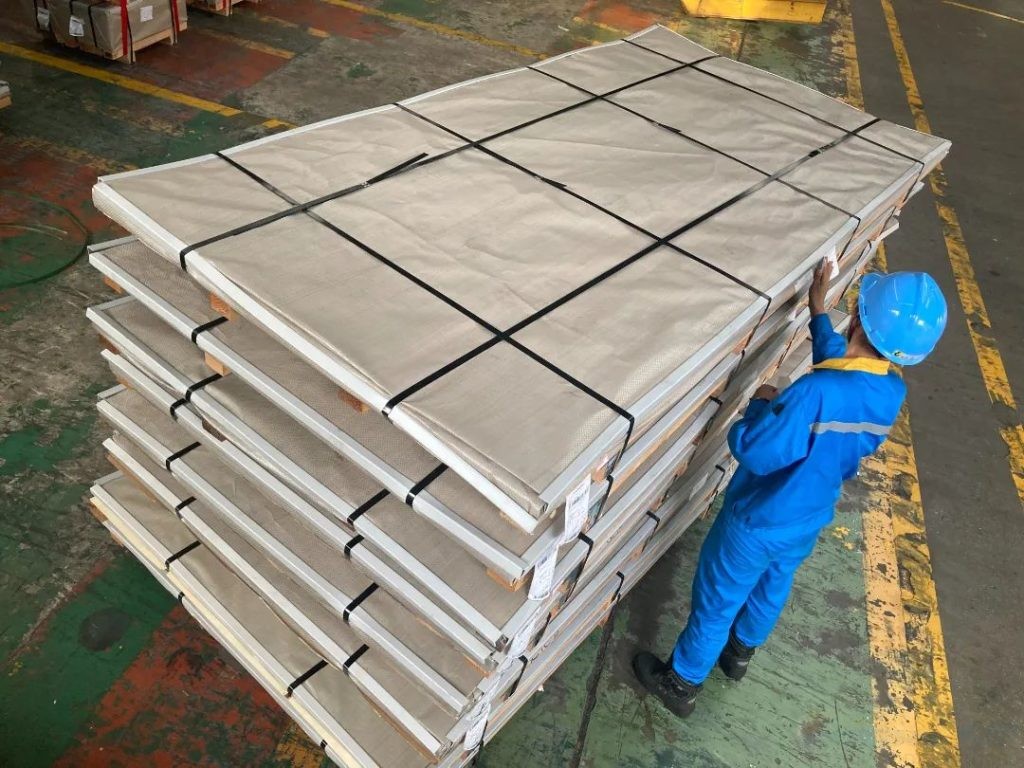
The process of steel production involves several steps, beginning with mining and processing raw materials such as iron ore, coke, and limestone. The primary steelmaking process involves smelting iron into steel, which can be done using either the blast furnace or electric arc furnace method. The blast furnace method is the traditional method of steel production, while the electric arc furnace method is a more modern and efficient process. Secondary steelmaking involves refining and alloying steel, while tertiary steelmaking involves further processing and finishing the steel.
The history of steel production dates back to the mid-19th century, with the discovery of the Bessemer process. This process enabled the mass production of steel and revolutionized the industry. Today, steel production is a highly industrialized process that involves advanced technologies and machinery. The demand for steel continues to grow, and the industry is constantly evolving to meet the needs of modern society. Understanding the process of steel production is crucial to appreciate the significance of this material in our daily lives and the global economy.
Steps in Steel Production
The process of producing steel involves several steps, starting with the preparation of raw materials. The primary raw material for steel production is iron ore, which is mined and then transformed into steel using two different processes: the blast furnace/basic oxygen furnace route and the electric arc furnace route. In the blast furnace/basic oxygen furnace route, iron ore is first processed into pig iron in the blast furnace. The pig iron is then refined into steel in the basic oxygen furnace by removing impurities such as carbon, silicon, and manganese. This primary steelmaking process is essential for producing high-quality steel and is the first step in the overall production process.
Secondary steelmaking is the next step in the process of producing steel. This involves treating the molten steel produced from both the blast furnace/basic oxygen furnace and the electric arc furnace routes to adjust the steel composition. Secondary steelmaking techniques are used to refine the composition of the steel to create the desired grade. These techniques include stirring, degassing, and adding alloying elements to the molten steel. Additionally, secondary steelmaking may involve the use of ladle furnaces, which heat the steel using an electric arc to reduce sulfur and phosphorus content.

Overall, the process of producing steel involves several steps, including preparing the raw materials, primary steelmaking, and secondary steelmaking. Each step in the process is essential for producing high-quality steel that meets the desired specifications. The primary steelmaking process involves smelting iron into steel, while secondary steelmaking involves adding or removing other elements such as alloying agents and dissolved gases to refine the steel composition. By utilizing these processes, steel manufacturers are able to produce a wide range of steel products that are used in a variety of industries, from construction to automotive manufacturing.
Finishing the Steel Production Process
The first step in finishing the steel production process is casting and solidifying. This process involves pouring liquid steel into heavy, thick-walled iron ingot molds, which stand on stout iron plates called stools. The steel casting process generally involves pattern making, molding, melting and pouring, shakeout, finishing, and inspection. Continuous casting, also known as strand casting, is another method used to solidify molten metal into a “semifinished” billet, bloom, or slab. This process involves pouring the molten metal through a water-cooled copper mold, which allows for a continuous and uniform solidification process. Casting is a crucial step in the steel production process, as it determines the initial shape and quality of the steel.
The second step in finishing the steel production process is forming and shaping. This step involves shaping the cast steel into the desired final product. Forging is one method used to shape metals using localized, compressive forces after heating the metal to a point where it’s malleable. Metal forming is another fabrication process that creates structural parts and components out of metal sheets or tubing. Forming operations are classified as those processes where the desired shape is achieved by imparting plastic deformation to the workpiece in the solid state. Metal extrusion is another forming process that involves shaping a material by pressing it with a mechanical or hydraulic tool, and it can be hot or cold. These forming processes are critical in creating the final product with the desired shape and properties.

The final step in finishing the steel production process is treating and coating. This step involves treating the steel to improve its properties and protect it from corrosion. The primary steelmaking process either involves a BOS method (basic oxygen steelmaking) or EAF method (electric arc furnace), where recycled scrap steel is melted and refined. After refining, the steel may undergo further treatment processes such as heat treatment to improve its strength and hardness, or surface treatment such as electroplating, electroless plating, chemical treatment, anodic oxidation, hot dipping, or vacuum. Coating the steel with a protective layer is also a common practice to prevent corrosion and improve its durability. Overall, treating and coating the steel is crucial in ensuring the final product meets the desired quality and performance standards.

